The successful World Cycling Championships InnsbruckTirol 2018 will probably find its worthy place in the annals of Austrian sports books as one of the most beautiful major events. But unfortunately we have not used the positive energy of this World Cup enough to turn the bike more politically in Austria in three crucial areas: Firstly, expanding our infrastructure for everyday bicycle mobility, here Austria moves at best within the European average. Second, a strong commitment to the subject of bicycles on all levels, which unfortunately is completely lacking. And thirdly, to throw a bigger spotlight on cycling, which is completely wrongly still in the deep shadow of football and skiing. And now? The wrecking ball will now also be given the wrecking ball towards the end of the year to mark its 45th anniversary in the traditional Dusika Stadium. Replacement? None at the moment! Because in the newly planned “Sportarena Wien”, which will be built on the current site of the Dusika stadium, there is no longer any space for a velodrome. Just imagine the following: The only training and competition venues for football or ski sports of Austria-wide relevance are being honed by politicians without an offer of up-to-date alternatives. Imaginable? Just. But this disappointing message can be sent to the addresses of the many Austrian cyclists who have established themselves in the top of the world on the road and on mountain bikes in recent years and who have also celebrated great success on the track. For example, the young Viennese Tim Waffler, Stefan Kovar and Paul Buschek are currently among the best in their age groups on the international railways. Buschek (in the photo in the jersey of the Austrian national team) even leads the UCI world rankings 2020 in the Omnium competition. The 2024 Olympic Games in Paris are a big goal, and they regularly train at the Dusika Stadium. Where should they, and many others with them, do that in the future?
A sport-political signal of a lack of respect. And also from a lot of ignorance about the necessary needs of cycling and about the meaningful raison d’être of a cycling stadium: Firstly, every successful cycling nation uses the “track” as an important space for solid basic cycling training. Second, a covered cycling center would offer many opportunities to introduce children and young people to the many different cycling disciplines in a playful way. Thirdly, driving in a circle and counterclockwise is now also popular with many amateur and recreational athletes. And fourth, yes, competitions, international and national, can also be held there. In two letters, to the Mayor of Vienna and to the Minister of Sport, we expressed our protest at this carelessness. Conclusion: A fatal sign for Austrian cycling and therefore also a sport-political issue of nationwide relevance. All the more, positive perspectives and intelligent solutions are required NOW, which after the grinding of the Dusika stadium ensure a seamless transition to training and competition for cycling and open up more extensive possibilities.























